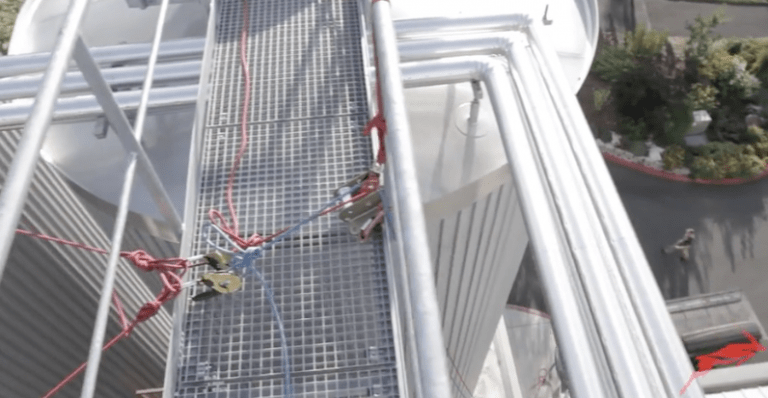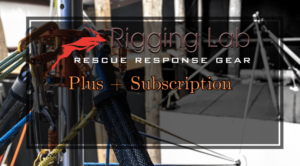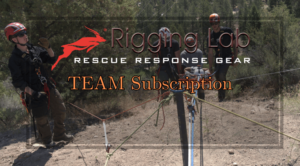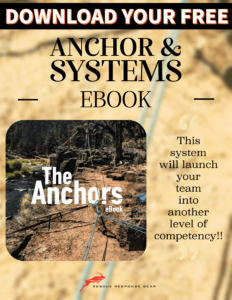Spanned Anchors in Rope Rescue
Spanned anchors play a critical role in rope rescue operations, especially when anchor points must be established across gaps, uneven terrain, or large horizontal distances. Unlike traditional anchors that rely on fixed points, spanned anchors offer flexibility in positioning and load distribution. But with this versatility comes added complexity, and understanding the nuances is essential to system safety and performance.
What Are Spanned Anchors?
Spanned anchors (also called span anchors) are tensioned lines set between two or more fixed points. These lines create an anchorable zone along their length, which allows rescuers to clip in systems where natural anchors are absent or misaligned with operational needs. They’re frequently used in highline setups, edge transitions, and varied terrain where direct anchoring is not possible.
Learn more: Span Anchors vs. Traditional Anchors
Where They’re Used
Spanned anchors are especially useful in:
-
Highlines where the working platform is suspended between two points.
-
Confined space entries where direct anchor access is blocked.
-
Offset rescues requiring directional control and balanced vector forces.
-
Horizontal spans that support directional changes for rope pathing.
Reference: Span Anchors in Rope Rescue
Common Challenges and Mistakes
With spanned anchors, the biggest risk is improper tensioning and unbalanced vector forces. Over-tensioning can introduce dangerous loads into the system, while under-tensioning may allow for excessive movement or sag. Other common mistakes include:
-
Misaligning anchors with operational load paths.
-
Using inappropriate hardware or rope.
-
Failing to manage dynamic forces from movement or transitions.
Related reading:
Key Mistakes in Span Anchors
Challenges in Span Anchor Systems
Building the Right System
Before deploying a spanned anchor, take time to:
-
Map your terrain and load paths.
-
Calculate expected forces.
-
Choose gear rated for dynamic tension.
-
Use adjustable tensioning methods (e.g., mechanical advantage or load-distributing anchors).
-
Verify tension, redundancy, and force angles before use.
Training and Mastery
Spanned anchor systems require more than just technical know-how—they demand system thinking. When you understand how load distribution, tension vectors, and movement interact, you move from “setting anchors” to “designing systems.”
Recommended Learning Path:
-
Step 1: Read the Span Anchors vs. Traditional Anchors article.
-
Step 2: Study setup and application via Span Anchors in Rope Rescue.
-
Step 3: Analyze Key Mistakes in Span Anchors and plan your own scenario-based training session.
Whether you are building a highline or planning a directional offset, understanding span anchors is key to safe and efficient rescue. If you’re ever unsure how to configure or troubleshoot one in the field, the Rigging Lab Assistant is ready to guide you.
Peace on your Days
Lance










